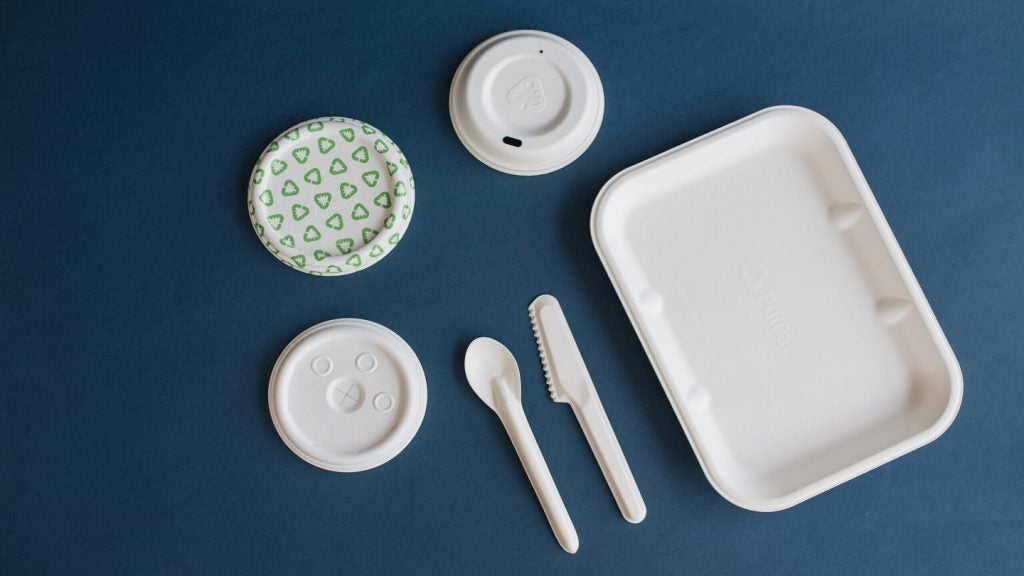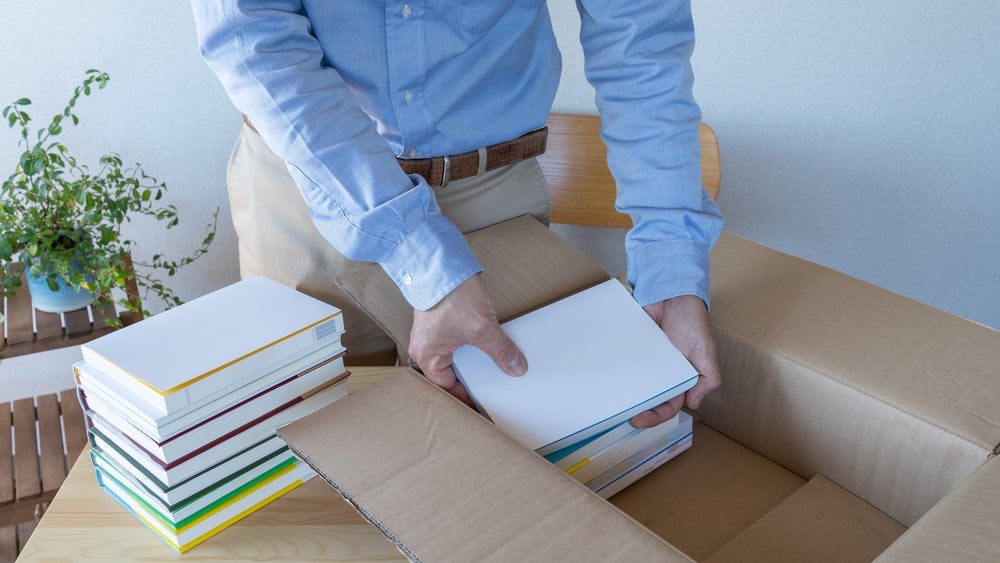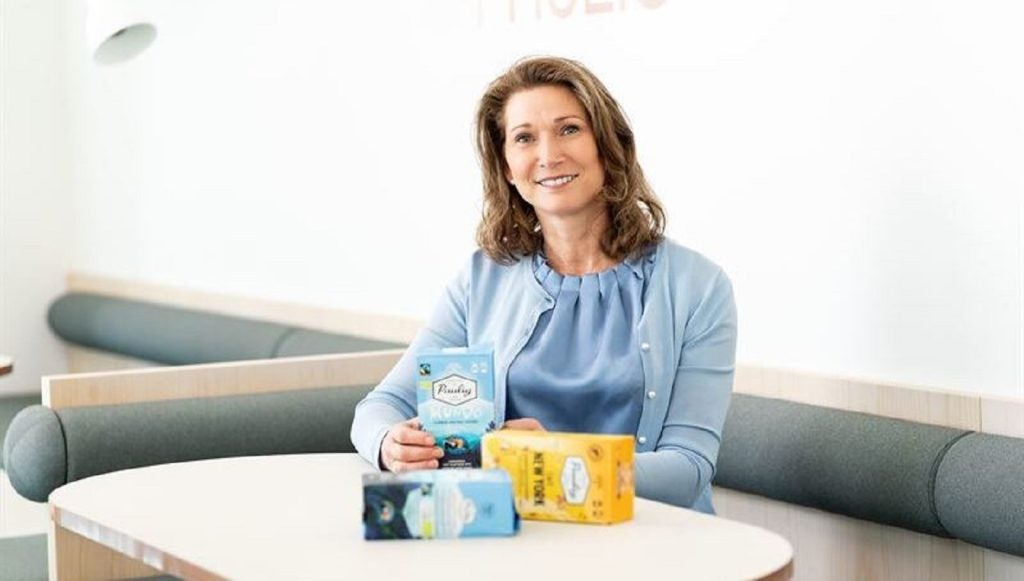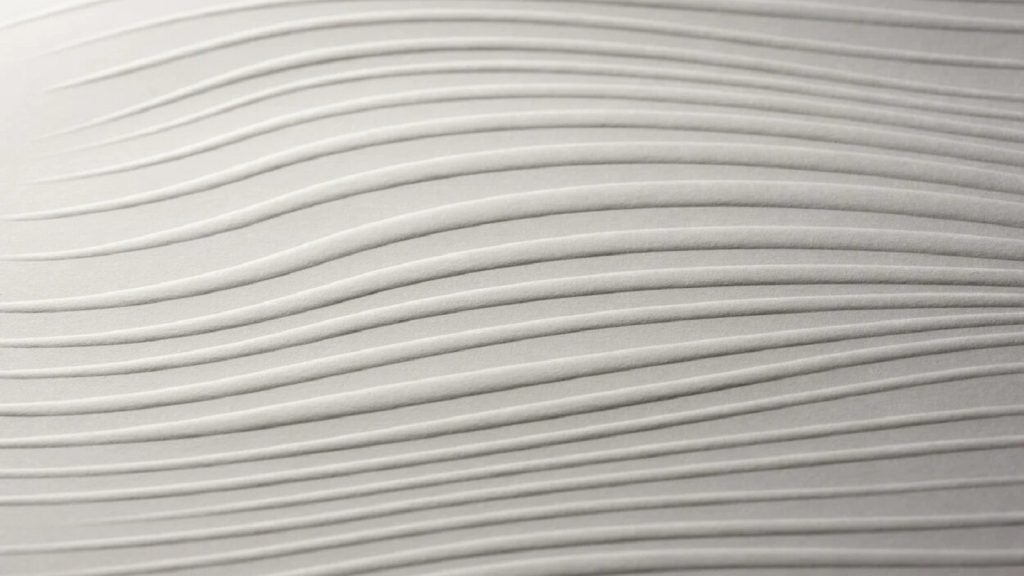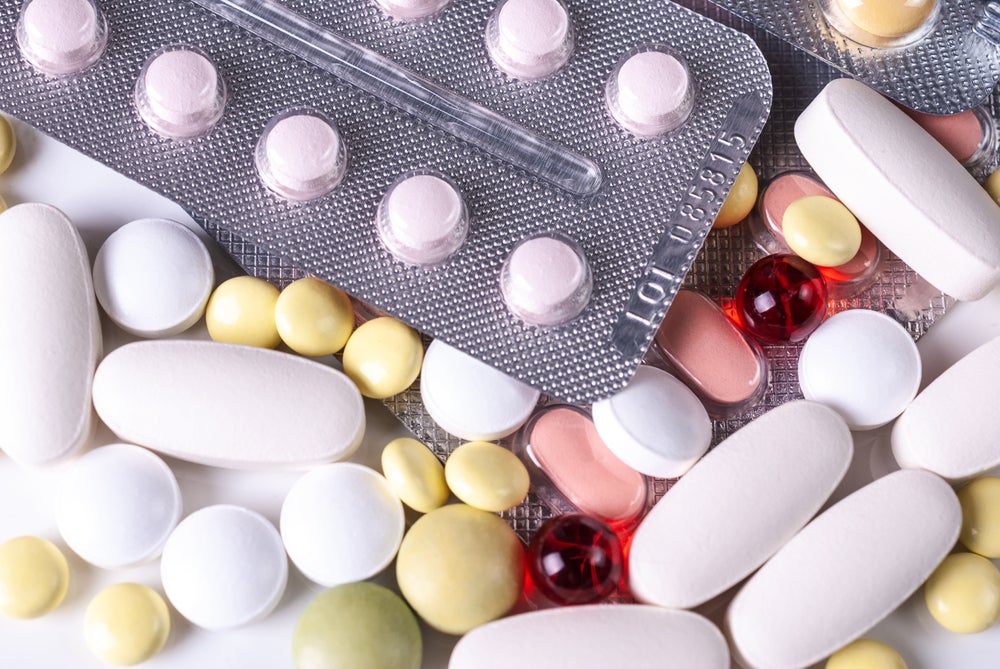
The global pharmaceutical packaging market was valued at US$100.9bn in 2020 and is forecast to reach US$267.4bn by 2027, according to market research company, Report Ocean.
In April, Canadian pharmaceutical packaging company Jones Healthcare brought something completely different to the marketplace that boasts having sustainable benefits. The company’s customers have described the innovation as the first of its kind in the single-dose part of the pharmaceutical market for a number of years. The FlexRx One blister pack as it is called is a unit-dose adherence pack that is part of Jones Healthcare’s new sustainable range.
How well do you really know your competitors?
Access the most comprehensive Company Profiles on the market, powered by GlobalData. Save hours of research. Gain competitive edge.

Thank you!
Your download email will arrive shortly
Not ready to buy yet? Download a free sample
We are confident about the unique quality of our Company Profiles. However, we want you to make the most beneficial decision for your business, so we offer a free sample that you can download by submitting the below form
By GlobalDataJones Healthcare’s senior vice president, Trevor Noye, tells Packaging Gateway the company had a look at the blister pack and decided to use the plastic blister itself as the structure and apply a label to the back of it.
He says: “This label is also fully printable. What happens here is this gets run through a printer and all of the patient medication information will be printed on it. The sealing operation is probably running about twice as fast as what it would take to seal a normal card.”
Noye points out that it reduces material usage substantially
He explains: “Here you’re talking about one label which uses 50% less square area and if you do a weight perspective, this is about 30% of the weight. On top of that, we’ve moved from a PVC blister to a blister that is made of what we call bio- PET. Almost three-quarters (70%) of that blister is made from traditional petroleum-based PET but 30% is plant-based and it comes from the waste molasses used in sugarcane production.”Canadian-based Jones Healthcare offers a range of medical packaging solutions and holds more than 70% of the market share in Canada. Noye explains the company covers a few different areas, break down into various business units.
These units include the contract packaging business in Toronto, where on behalf of numerous companies it provides packages for over-the-counter drugs. The company also has distribution, medical adherence and carton and labels units.
“I head up medication adherence where we produce medication adherence cards. One example of this is what we would call a book-style medication adherence card. A book-style card which has a plastic blister that we’ve transitioned to a combination of both a bio PET formulation or a recycled PET formulation,” says Noye. “These cards are designed to hold multiple medications and have printed on the back, days of the week and four different time passes to help consumers manage their medical doses. Probably 40% of multiple medication regimes are ultimately dispensed in a package like this.”
The medical adherence unit also produces medical adherence cards for single-dose products, which is the FlexRx One product. Noye explains these products are typically found in long-term care facilities or nursing homes where it’s one pill per cavity and that most of these are filled with some level of automation. He further explains that there are two types of automation on the market.
“One is the heat seal, which is the traditional way of dispensing unit doses, which we and most of our competitors produce. The other is what we call cold seal, a pressure-sensitive adhesive and the majority of the market is now moving towards this.”
Jones Healthcare created the FlexRx One to meet consumer demand, as a solution to rising paper prices and to provide a new innovation for the pharmaceutical industry. Noyes explains the company developed a process using the plastic blister itself as the structure for the packaging and a printed label that contains all the patient’s medication information is applied to the back. This process is said to be done in half the time it takes to seal a normal card.
Noye says the aim was for the product to be cheaper, designed for automation whilst being sustainable and not giving up any gains on patient utility. Plus, Jones Healthcare engaged with robot manufacturers to ensure the cycle time to produce the product was less than the cycle time it took for the robots to fill the blisters.
“Our cycle time needs to be equal to or less than the amount of time it takes a robot to fill a blister and we’re substantially under that today,” he says.
ESG is a driving force behind the decision-making process for many industries and for pharmaceutical companies such as Jones Healthcare. Experts say that companies with sustainable practices stand to reap the rewards of future business.
Noyes further explains that Jones Healthcare focuses on three basic pillars from a development standpoint: Design for automation, sustainability and patient utility.
“Those are the three pillars we consider when we’re designing and sustainability for us is absolutely critical. We have to get to the point of a fully circular product and we’re getting there.”
Across the packaging sector, it is argued that innovation and reducing packaging waste are key to ensuring environmental targets are met. Noye expresses a belief that the industry needs to tackle unnecessary packaging and challenge the way people think about it.
“It’s one of the biggest waste streams that we as an industry generate. The patient information leaflet is the single biggest form of waste in the prescription drug industry today.”
In fact, he argues 90% of the population never reads the pages and simply discards the leaflet.
Jones Healthcare is part of the Sustainable Medicines Partnership, which aims to challenge and reduce packaging waste. As Noyes highlights: “One of the goals of the Sustainable Medicines Partnership is to reduce waste within pharma packaging and there are multiple ways to be able to give the patient access to all of the information contained on that leaflet in a digital way today.”



